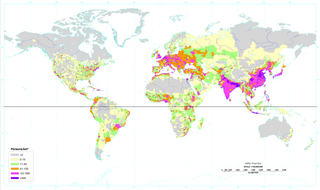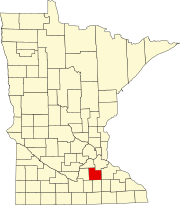
Richland Township is a civil township of Ogemaw County in the U.S. state of Michigan. The population was 956 at the 2000 census.
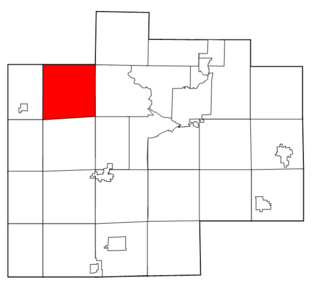
Richland Township is a civil township of Saginaw County in the U.S. state of Michigan. The population was 4,281 at the 2000 census. The 2010 Census places the population at 4,144.
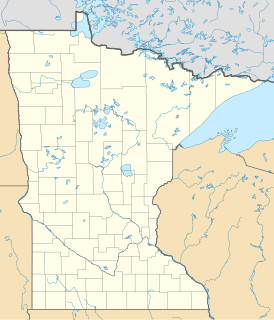
Artichoke Township is a township in Big Stone County, Minnesota, United States. The population was 84 as of the 2000 census. Artichoke is also the name of an unincorporated hamlet within Artichoke Township.

Houston Township is a township in Houston County, Minnesota, United States. The population was 438 at the 2000 census.

Lynd Township is a township in Lyon County, Minnesota, United States. The population was 471 at the 2000 census.

Pembina Township is a township in Mahnomen County, Minnesota in the United States. The population was 471 at the 2000 census.

Rutland Township is a township in Martin County, Minnesota, United States. The population was 472 at the 2000 census.

Andover Township is a township in Polk County, Minnesota, United States. Andover Township was organized in 1877. It is part of the Grand Forks-ND-MN Metropolitan Statistical Area. The population of the township was 154 at the 2000 census.

Hill River Township is a township in Polk County, Minnesota, United States. It is part of the Grand Forks-ND-MN Metropolitan Statistical Area. The population was 162 at the 2000 census.

Russia Township is a township in Polk County, Minnesota, United States. It is part of the Grand Forks-ND-MN Metropolitan Statistical Area. The population of the township was 33 at the 2000 census. The unincorporated community of Greenview is located within Russia Township.

White Bear Lake Township is a township in Pope County, Minnesota, United States. The population was 440 at the 2000 census.

Dewey Township is a township in Roseau County, Minnesota, United States. The population was 114 at the 2000 census. Dewey is in the 7th congressional district of Minnesota and is represented by Democrat Collin Peterson.
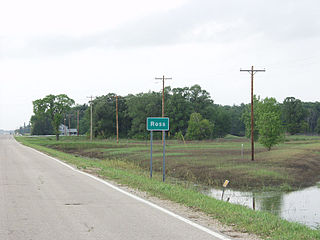
Dieter Township is a township in Roseau County, Minnesota, United States located along the Canada–US border. The population was 162 at the 2000 census. Dieter Township contains the unincorporated communities of Pinecreek and Ross.

Morcom Township is a township in Saint Louis County, Minnesota, United States. The population was 94 at the 2010 census.

Monson Township is a township in Traverse County, Minnesota, United States. The population was 162 at the 2000 census.

Highland Township is a township in Wabasha County, Minnesota, United States. The population was 471 at the 2000 census.

Pepin Township is a township in Wabasha County, Minnesota, United States. The population was 471 at the 2000 census. The unincorporated communities of Maple Springs, Camp Lacupolis and Reads Landing are located within the township.

New Richland Township is a township in Waseca County, Minnesota, United States. The population was 497 at the 2000 census.

St. Mary Township is a township in Waseca County, Minnesota, United States. The population was 504 at the 2000 census.
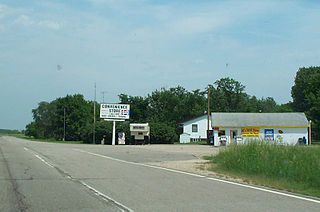
Enstrom Township is a township in Roseau County, Minnesota, United States. The population was 580 at the 2000 census.






